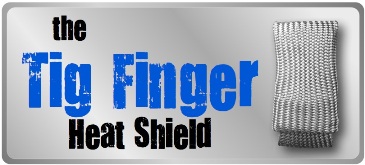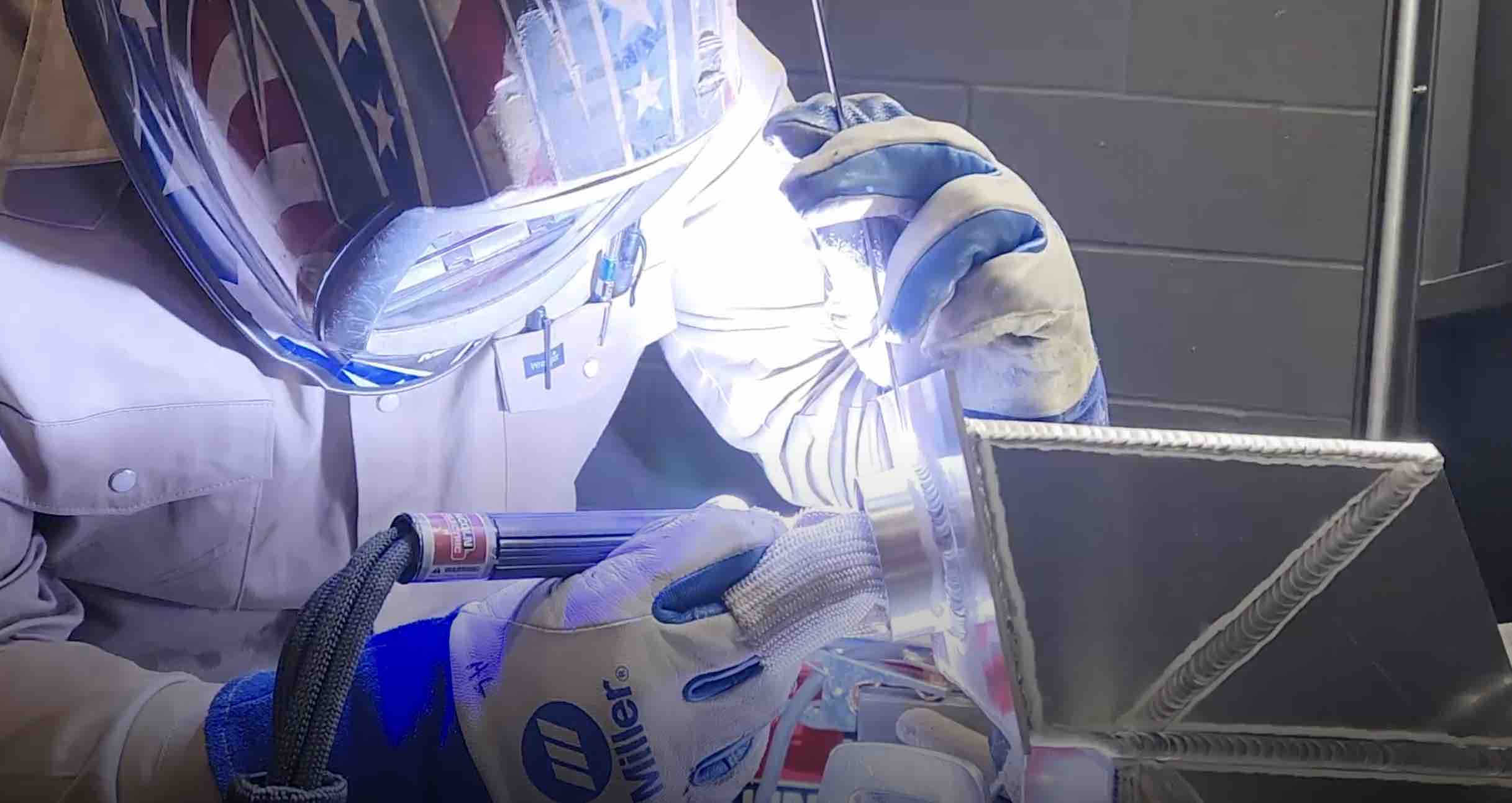Welding Aluminum 2g butt joint
This page is all about tig welding aluminum butt joints in the 2g horizontal position.
In a previous life, I taught and certified welders for a major airline technical operations dept.
As part of a certification test, welders tested on horizontal as well as vertical butt joints and if there was ever a problem with x ray results, it was most often with horizontal weld tests.
The problem was most often on aluminum and titanium butt joints in the 2g horizontal position.
As far as welding aluminum is concerned, this video shows why adequate argon flow on torch gas is important....and also why using the right torch angle matters a lot.
Argon is heavier than air.
So when you are welding in the horizontal 2g position, it is important to use enough but not too much shielding gas flow rate from the torch.
in this video , 10cfh was not enough and 15 cfh was just about right.
So why not just set the torch gas to 25 cfh is 15 is good?
Because too much torch gas is especially bad when tig welding aluminum. It cools the aluminum, can cause a very erratic arc, and can be very loud.
Not enough torch gas can cause problems as well.
With steel and stainless steel, there is lots of forgiveness in the flow rate of argon used. Not so with aluminum. Its a fairly tight range and it depends on the cup size.
In the video, the first weld is actually sparking and even though I didnt get any arc shots that show what was going on in the puddle with not enough argon flow, I can tell you that I saw small porosity happening all along the top edge of the weld bead.
That is because 10 cfh was not enough flow to adequately shield the top of the bead. And any cleaning action from the alternating current will only go where there is argon shielding.
That is why there was no frosty area above the weld bead in the first weld.
Cleaning action from the alternating current will only occur where there is adequate argon shielding.
With the torch angle pointing upwards, 10cfh was just not enough to push the argon to the top of the puddle...and that caused issues.
Fine pores opened up along the top of the bead while I was welding.
All that cleared up when I increased the flow to 15 cfh.
Increasing the argon flow rate to 15 cfh allowed the argon to shield the puddle as well as around the puddle. That is why the etch zone appeared above and below the bead as well as in front of the puddle while I was welding.
see more tig welding aluminum videos















